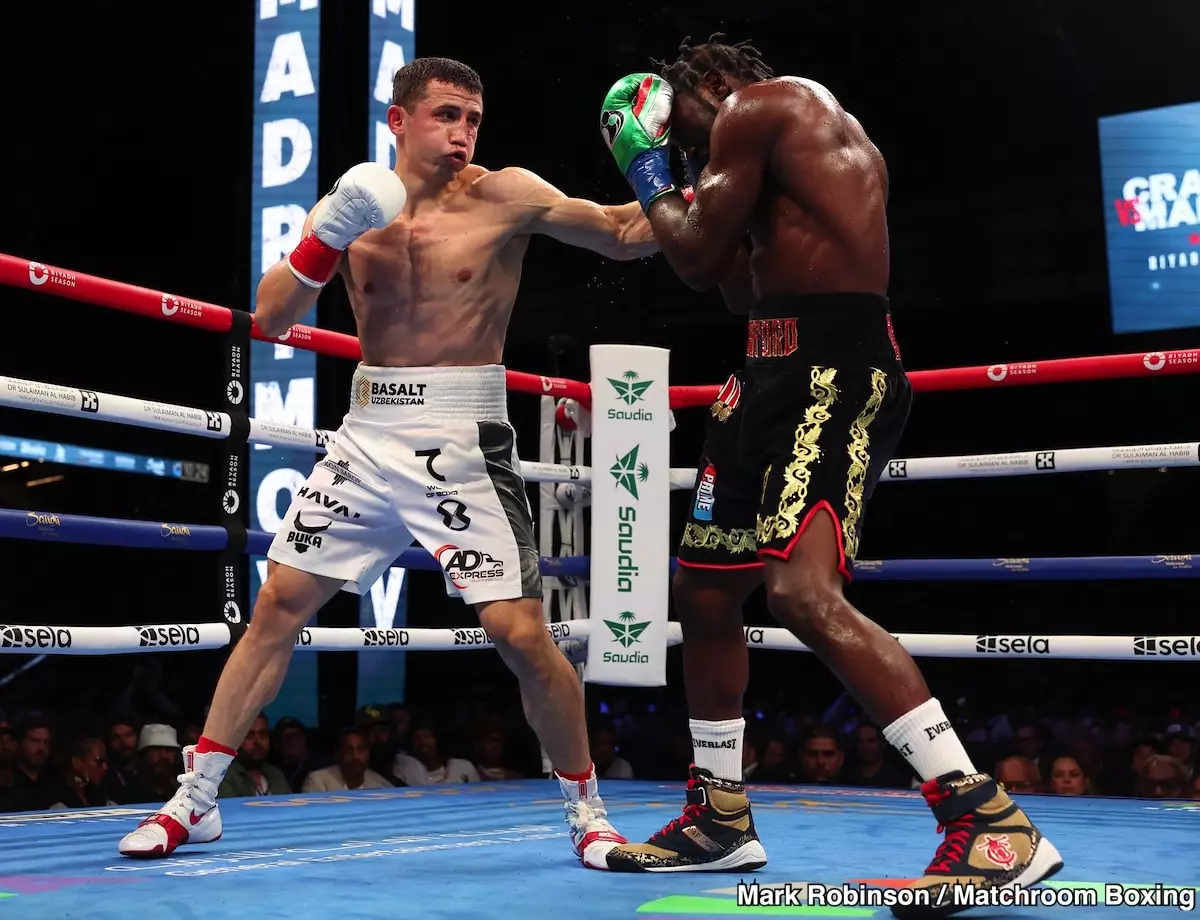The debate over the possible fight between Canelo Alvarez and Terence Crawford has garnered significant attention in the boxing world. The intricacies surrounding this matchup not only highlight the athletes’ skills and career trajectories but also raise significant questions about the implications of fighting across weight classes. While promoter Tom Loeffler predicts Alvarez’s victory, the conversation goes beyond simple predictions and delves into the complex motivations, the athletes’ past performances, and their potential future in the sport.
Canelo Alvarez (62-2-2, 39 KOs) is widely regarded as one of the premier boxers of this generation. With notable victories against Gennadiy Golovkin and other elite fighters, Canelo has cemented his legacy through hard work, strategic prowess, and undeniable power. Loeffler, who has firsthand experience promoting Canelo in his bouts with Golovkin, emphasizes that Alvarez’s success is not merely due to talent but also a deep understanding of ring dynamics and opponents’ weaknesses. Despite some recent concerns about Canelo’s performance relative to his past, his well-rounded skill set and experience at higher weight classes offer him an edge that few fighters can rival.
Contrasting with Canelo’s storied ascent, Terence Crawford (41-0, 31 KOs) is recognized for his dominance in lower weight classes. However, his transition from 147 to 154 pounds has raised eyebrows, especially given his underwhelming debut against Israil Madrimov in August 2022. Crawfish’s ability to adapt and maintain dominance is crucial for anyone considering his potential at 168 pounds. Moreover, Loeffler’s observations about Crawford’s previous performances suggest worry about whether the fighter can replicate his successes in more competitive divisions, ultimately leading to skepticism about his ability to dethrone Alvarez in a hypothetical showdown.
One of the most significant hurdles Crawford faces against Alvarez is the challenge of moving up another weight class. The jump from 154 to 168 pounds is not trivial—neither physically nor mentally. Fighters often struggle to maintain their speed and agility while adapting to the heavier weight categories, which can come with sacrifices in stamina and endurance. Given that he might be fighting Alvarez after a long inactivity period, this match-up could pose an even greater risk for Crawford. The consequences of in-ring rust paired with the difficulties of higher weight classes may diminish his chances of success in this much-anticipated bout.
Another aspect worth scrutinizing is Crawford’s motivation for seeking this fight. Loeffler suggests that Crawford’s desire may predominantly stem from financial gain rather than the quest for accolades. While some might argue that securing one’s legacy is equally important, the reality persists that larger paychecks drive many high-stakes matchups in professional boxing today. Fighting Alvarez represents a lucrative opportunity, and waiting for the right moment can be as much a financial strategy as a tactical decision. If Crawford were truly intent on solidifying his legacy, facing top contenders in the 168-pound class should have been a priority before angling for a showdown with Alvarez.
While the potential showdown between Canelo Alvarez and Terence Crawford has generated excitement, many critical elements warrant investigation. Canelo Alvarez’s experience and proven skills in the ring suggest he holds the advantage; however, Terence Crawford’s desire for financial uplift and willingness to step into a divisive matchup highlights the precarious balance between ambition and practicality in the sport. As boxing enthusiasts await further developments, the narrative surrounding this fantasy matchup will continue to provoke discussion about weight classes, athletic potential, and the enduring motivations that drive elite fighters toward each other in combat sports.

